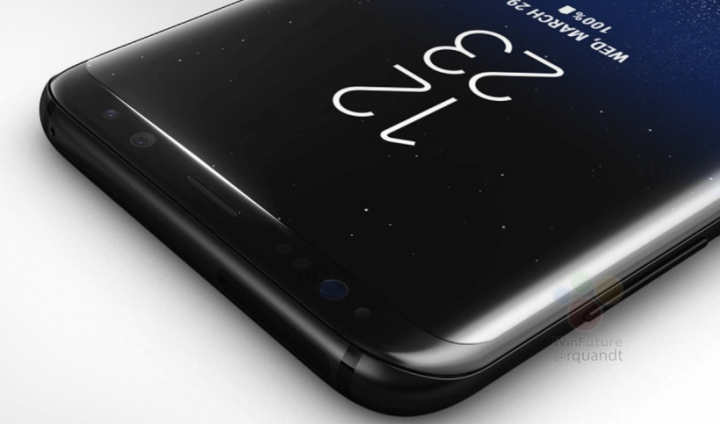
In a few short days, on March 29th, Samsung will unveil its latest flagship smartphone, the Galaxy S8. Even in an era in where electronic consumer devices leak in precise detail well ahead of their official reveal, the lead up to the S8’s unveiling has been unprecedented.
With perhaps the recent example of the Phone 7, there’s not been a device that has had almost every aspect of its design, internal specifications, and software leaked to the extent we’ve seen with Samsung’s latest smartphone. Indeed, with just so much information out there on the S8, it can be hard to keep track of it all. To help make MobileSyrup readers make sense of Samsung’s newest device, we’ve collected almost every single piece of credible information in one place.
It’s likely Samsung still has something up its sleeve, but, for the most part, even if you miss Wednesday’s announcement, this article should have you covered.
Without further preamble, here’s what you can expect from Samsung’s next flagship smartphone, the Galaxy S8.
Design
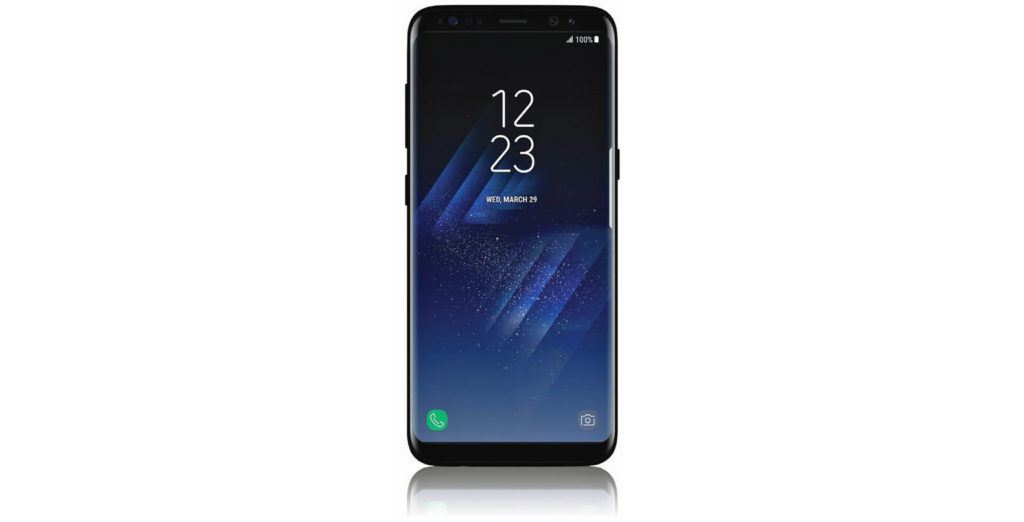
In contrast to past years, Samsung will not release separate flat and edged variants of its flagship smartphone. Instead, both phones will feature a curved OLED display. As such, think of the S8 as one phone, available in two different sizes.
The smaller of the two smartphones, simply called the Galaxy S8, is said to feature a screen that measures in at 5.8 inches. Meanwhile, its larger sibling, the Galaxy S8 Plus — likely stylized Galaxy S8+, if Samsung sticks to past naming conventions — includes a display that measures in at 6.2-inches, according to leaked information and images.
Like the G6, the S8 will attempt to wow consumers with a nearly bezel-less display. A trademark application filed with the U.S. Patent and Trademark Office reveals Samsung will refer to the S8’s screen as an “Infinity Display.”
OK so this one is the very last one. Now please, let me alone!!! 😅 #Samsung #GalaxyS8 #GalaxyS8Plus @Butler_Speaks pic.twitter.com/zH0n9OutJa
— Steve H.McFly (@OnLeaks) March 9, 2017
The 2960 x 1440 pixel display occupies so much of the S8’s front face that, according to The Guardian, Samsung didn’t have enough room to fit its logo on the front of the device. The company has also done away with the capacitive navigation buttons that been a calling sign of Samsung smartphones for a long time.
However, perhaps the oddest design change is that the S8’s fingerprint sensor is now located to the right of phone’s camera module. According to unnamed Samsung executives interview by The Guardian, the company put the sensor there to better accommodate right-handed users.
The camera on the back of the S8 is said to feature a 12-megapixel sensor with f/1.7 aperture lens. The autofocus module supports both phase detection and laser autofocus and the entire camera can also capture video in 4K. We know less about the front-facing camera. However, according to WinFuture, the front facing camera features an 8-megapixel sensor.
Thanks to perennial leaker Evan Blass, we know Samsung will release both the S8 and S8 Plus in at least three different colours: ‘Black Sky,’ ‘Orchid Grey,’ and ‘Artic Silver’. A ‘Violet Blue’ is also rumoured, with images of the colour variant coming out this past weekend.
Internal Hardware
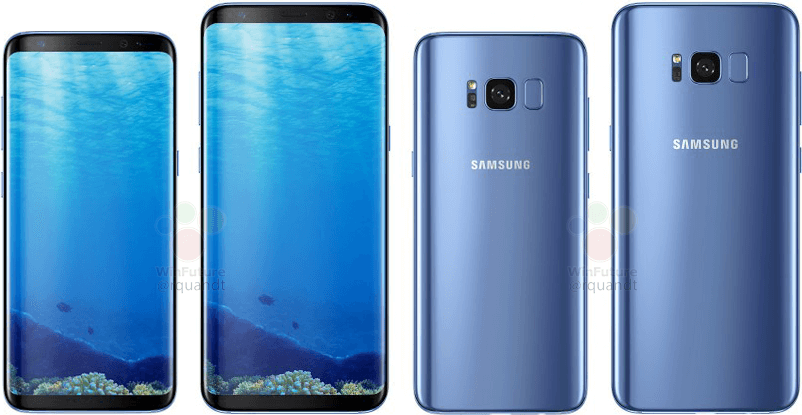
The majority of S8 rumours have said Samsung’s next phone will feature Qualcoom’s new 10nm chipset, the Snapdragon 835.
Other reports have suggested the S8 will feature Samsung’s new Exynos Series 9 8895 system-on-a-chip.
Taken together, these seemingly conflicting rumours suggest Samsung plans to dual source the chipset for its next flagship. Samsung is no stranger to this practice. In 2016, the company dual sourced the processors for the S7 and Note 7. In both cases, Samsung decision’s to use more than one chipset was motivated by factors tied to the U.S. telecom market.
The company’s Exynos chipsets do not support CMDA, which makes them unsuitable for the U.S. market; two of the country’s three largest carriers operate nationwide networks built on the aging standard. Qualcomm’s chipsets, meanwhile, support CDMA without issue.
In 2016, Samsung shipped the Exynos S7 and the Qualcomm Note 7 to Canada, which is to say it’s unclear what we’ll get this time around.
That said, both chipsets should be comparable to one another. They’re both manufactured with Samsung’s FinFET 10nm process, and both chipsets feature LTE modems capable of Gigabit speeds (however, it’s unlikely Canadians will see Gigabit speeds anytime soon on any of the major carriers).
With neither chipsets out in the wild yet, benchmarks have been few and far between. However, as part of a press trip to Qualcomm’s San Diego headquarters, Android Police was able to benchmark a reference Snapdragon 835 device against several in-market smartphones. As expected, the 835 performed better than its predecessor.
“The Snapdragon 835 probably isn’t going to set the world on fire with its single-core performance, which seems just marginally better, though the switch from 4 cores last year to 8 this year will almost definitely benefit multithreaded workloads,” says the website’s David Ruddock. “The shrink to a 10nm process will make the chip more efficient while doing the same work when compared to a Snapdragon 821, as well.”
Supporting both processors will be 4GB of RAM, as well as 64GB of expandable storage.
Like the Note 7, the S8 is also said to feature iris-scanning technology. Moreover, the phone will feature facial recognition technology, likely in an attempt to preempt Apple, which is said to be considering the technology for the 10th anniversary iPhone.
Software

We’ve seen relatively little of Samsung Android 7.0 skin. However, based on what little we have seen, it’s clear Samsung has listened to what users have said about the company’s Android skin in the past.
With the S8, TouchWiz, now known as Samsung Experience, the company has modernized its Android skin, making it easier on the eyes, as well as made it more customizable. One leak suggests users will have the option to switch the placement of the back and overview buttons, which, if true, will likely come as a welcome addition to Western users.
That said, none of the UI leaks have shown the notification shade or setting menu, which historically have been particularly weak in past iterations of TouchWiz. In any case, we still need to use the skin to decide whether it’s a success.
Then there’s Bixby, the personal helper Samsung has confirmed will ship alongside the S8. In some ways, this is the S8’s most mysterious feature. At this point, we know Samsung’s next flagship will include an in-house designed personal assistant, what we don’t know is whether it will be any good. Despite countless leaks, we’ve yet to see the app in action.
Moreover, when details about Bixby first started coming out, the assumption was that the personal assistant would be built upon technology Samsung had acquired in the acquisition of Viv Labs, a startup made of individuals that had worked on Siri. More recent rumours suggest Bixby is instead based upon S-Voice.
Samsung was one of the first companies to release a digital assistant when it launched the app alongside the Galaxy S3 back in 2012. However, the company has done little to keep the app competitive against contemporaries like Siri, Alexa and Assistant.
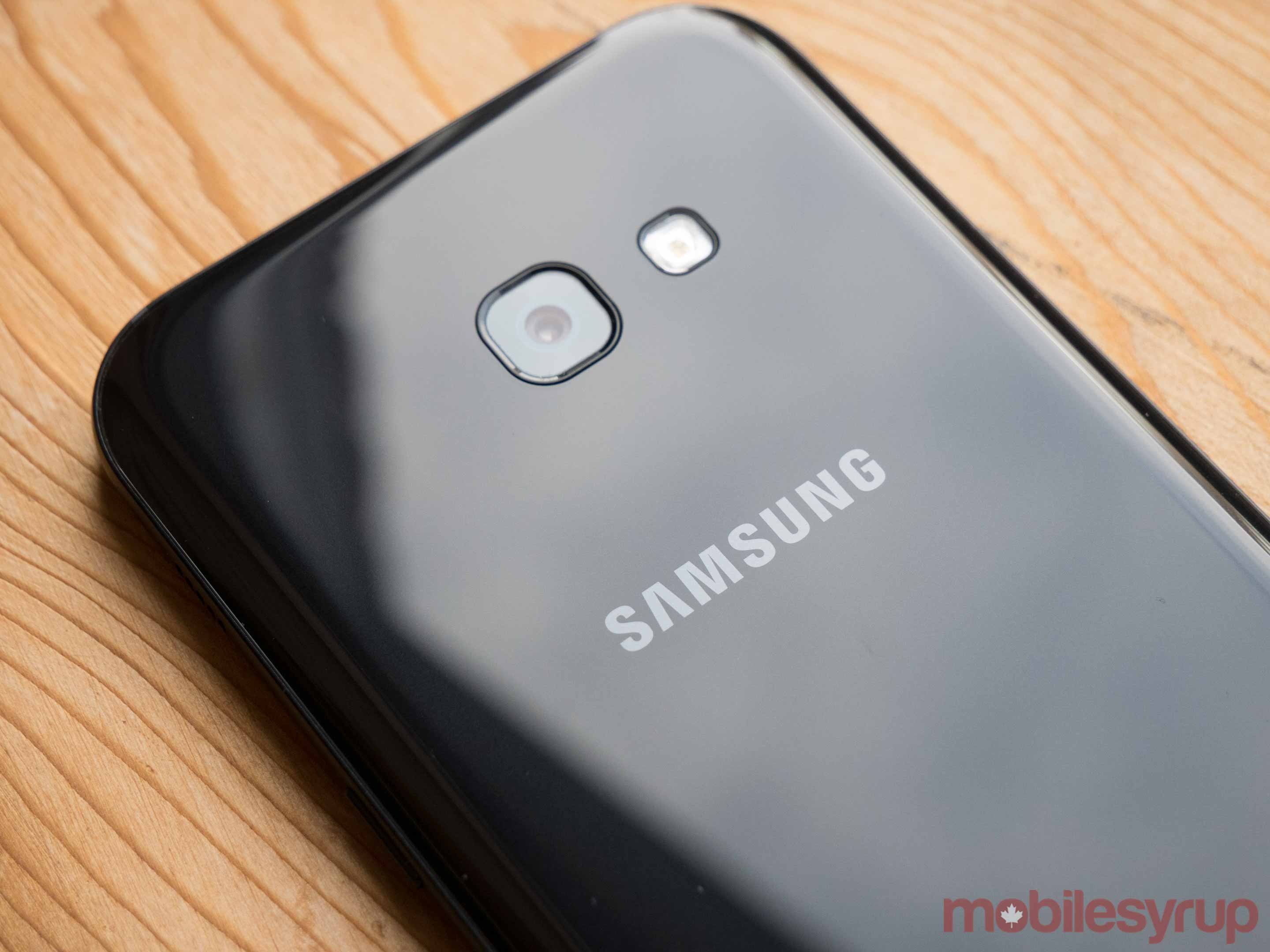
For its part, Samsung says Bixby will suprass its competitors in several ways. First, the company says the S8 will launch with 10 Bixby compatible apps, with more to be released post launch. According to Samsung’s InJohn Rhee, Bixby, in contrast to Siri and Assistant, will support every piece of functionality these 10 apps are capable of performing. In the same blog post, Rhee also states Bixby, using machine learning techniques, is able to adapt to users, obviating the need for them to learn how to speak to it in a specific way to get things done. The S8 will also feature a physical button that allows users to quickly launch Bixby.
The S8 is also expected to ship with Windows Continuum-like functionality. In the last week images of a ‘DeX Station’ have appeared online. The dock, seen below, is said to feature two full-size USB-A ports and an HDMI port that supports 4K output at 30 frames per second. When the S8 is docked with the peripheral, the phone reportedly switches to a desktop-like version of Android. Like Bixby, we haven’t seen this functionality in action, but a slide showing the interface off has appeared online.
Lastly, Samsung Pay, Samsung’s mobile payments platform, according to a Bloomberg report, will take advantage of the S8’s face recognition technology to allow users to authenticate purchases with their facial features instead of a fingerprint. Should Bloomberg‘s information prove accurate, the S8 will be the first device to use facial recognition as a means to authenticate mobile payments.
Speaking of Samsung Pay: in Canada, CIBC is currently the only major bank that supports the platform. Since the launch of Samsung Pay, the company has promised more Canadian financial institutions will support the platform. However, that has yet to come to pass.
Pricing and availability
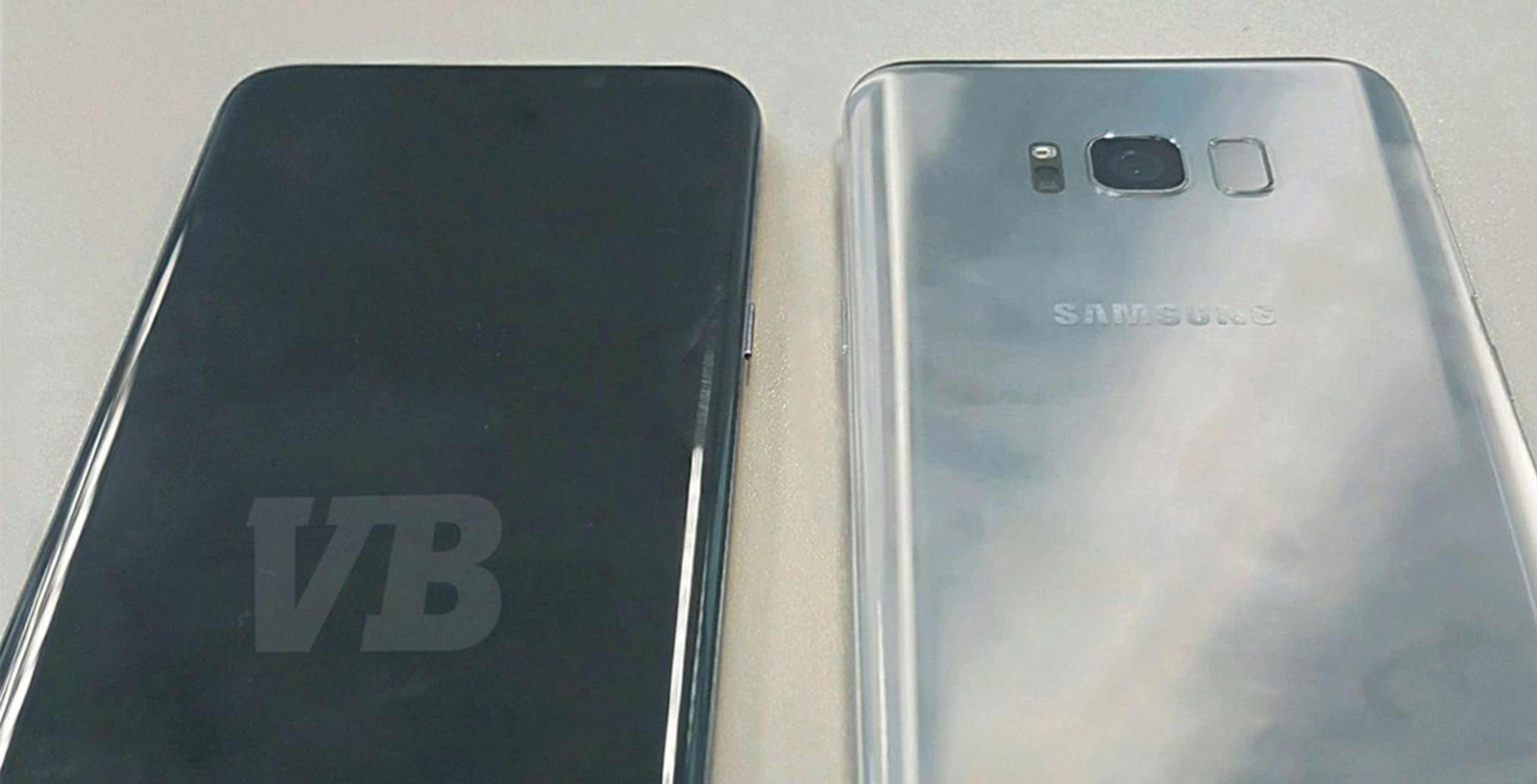
A BGR report, citing “a senior supply chain source with knowledge of one Canadian cell carrier’s plans” says the S8 and S8 Plus will launch in Canada on April 28th.
We don’t have information on Canadian-specific pricing. However, according to Evan Blass, the Galaxy S8 and Galaxy S8 Plus will cost €799 and €899 unlocked in Europe. If those figures accurate and Samsung follows the exchange rate, then even the smaller S8 will cost more than $1100 in Canada.
MobileSyrup may earn a commission from purchases made via our links, which helps fund the journalism we provide free on our website. These links do not influence our editorial content. Support us here.


